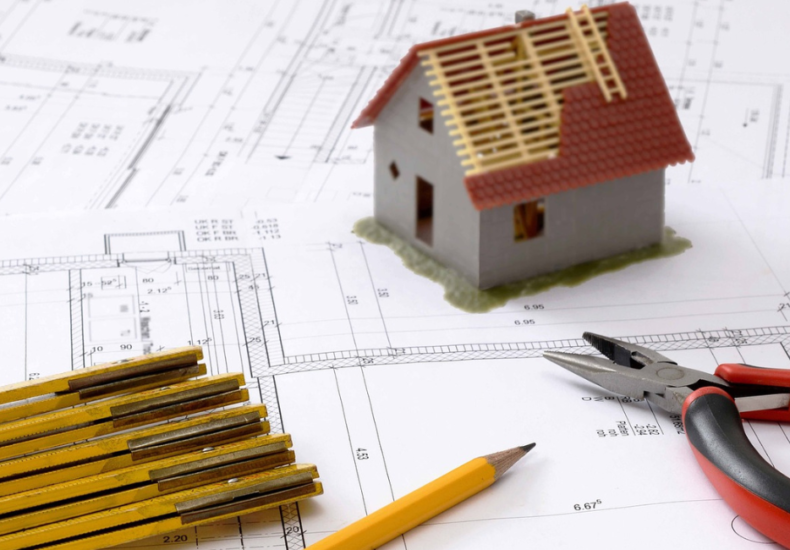
Architect: Eco-Friendly Buildings
-
Table of Contents
Architect: Eco-Friendly Buildings
As the world grapples with climate change and environmental degradation, the role of architects in creating eco-friendly buildings has never been more significant. These structures not only reduce the carbon footprint but also promote sustainable living. This article explores the principles, benefits, and examples of eco-friendly architecture.
Principles of Eco-Friendly Architecture
Eco-friendly architecture is grounded in several key principles that guide the design and construction of sustainable buildings. These principles include:
- Energy Efficiency: Utilizing renewable energy sources and optimizing energy consumption.
- Water Conservation: Implementing systems to reduce water usage and recycle wastewater.
- Material Sustainability: Using eco-friendly, recycled, and locally sourced materials.
- Indoor Environmental Quality: Ensuring good air quality, natural lighting, and thermal comfort.
- Site Sustainability: Minimizing the environmental impact of the building site.
Benefits of Eco-Friendly Buildings
Eco-friendly buildings offer numerous advantages, both for the environment and the occupants. Some of these benefits include:
- Reduced Environmental Impact: Lower carbon emissions and less waste generation.
- Cost Savings: Lower energy and water bills due to efficient systems.
- Healthier Living Spaces: Improved air quality and natural light contribute to better health.
- Increased Property Value: Sustainable buildings often have higher market value.
- Enhanced Productivity: Better indoor environments can boost occupant productivity.
Case Studies of Eco-Friendly Buildings
Several buildings around the world exemplify the principles of eco-friendly architecture. Here are a few notable examples:
The Edge, Amsterdam
The Edge in Amsterdam is often cited as one of the greenest buildings in the world. It features:
- Energy Efficiency: Solar panels and energy-efficient systems.
- Smart Technology: Sensors to optimize lighting and temperature.
- Water Conservation: Rainwater harvesting and greywater recycling.
One Central Park, Sydney
One Central Park in Sydney is a mixed-use building known for its vertical gardens. Key features include:
- Green Facades: Vertical gardens that improve air quality and insulation.
- Renewable Energy: Solar panels and a tri-generation plant.
- Water Management: On-site water recycling and rainwater collection.
Bullitt Center, Seattle
The Bullitt Center in Seattle aims to be the greenest commercial building in the world. Highlights include:
- Net-Zero Energy: Solar panels generate all the building’s energy needs.
- Water Independence: Rainwater collection and composting toilets.
- Sustainable Materials: Use of non-toxic, locally sourced materials.
Statistics on Eco-Friendly Buildings
Data and statistics provide a clearer picture of the impact of eco-friendly buildings. Some relevant statistics include:
- Energy Savings: Green buildings can reduce energy use by up to 30%.
- Water Savings: Sustainable buildings can cut water usage by 20-50%.
- Market Growth: The global green building market is expected to reach $364.6 billion by 2022.
- Occupant Satisfaction: 93% of workers in green buildings report higher satisfaction levels.
Challenges and Future Directions
While eco-friendly architecture offers many benefits, it also faces challenges. These include higher initial costs, regulatory hurdles, and the need for specialized knowledge. Despite these challenges, the future of eco-friendly buildings looks promising, with advancements in technology and growing awareness driving the trend forward.
Conclusion
Eco-friendly buildings represent a significant step towards a sustainable future. By adhering to principles of energy efficiency, water conservation, and material sustainability, architects can create structures that benefit both the environment and their occupants. With numerous examples and growing market trends, the shift towards eco-friendly architecture is not just a trend but a necessity for a sustainable future.
- Mushroom Coffee and Digestive Tract Health And Wellness: Uncovering the Link
- Motivational Stories From People That Changed Their Health And Wellness With Shrooms!
- Can CBD Oil Help Your Furry Buddy? Benefits and Makes Use Of for Dogs
- The Science Behind CBD Oil for Pet Dogs: What Every Pet Dog Moms And Dad Ought To Know
- Is a 401k to Gold IRA Rollover Right for You? Key Considerations and Tips